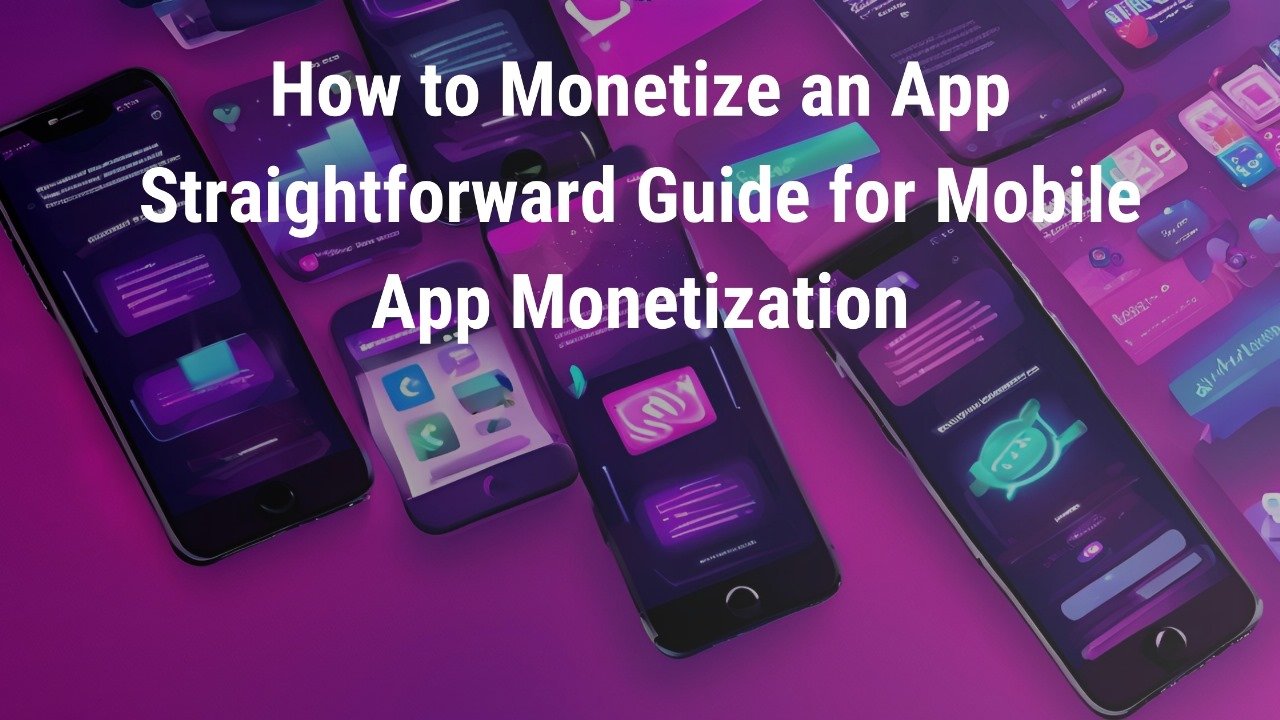Introduction
Turning your mobile app into a money-maker is key to making your app a success. Whether it’s an iOS or Android app, getting a handle on different ways to make money from your app can make a big difference. This guide will walk you through everything you need to know about mobile app monetization, from the basics to more advanced strategies.
Understanding App Monetization
What is App Monetization?
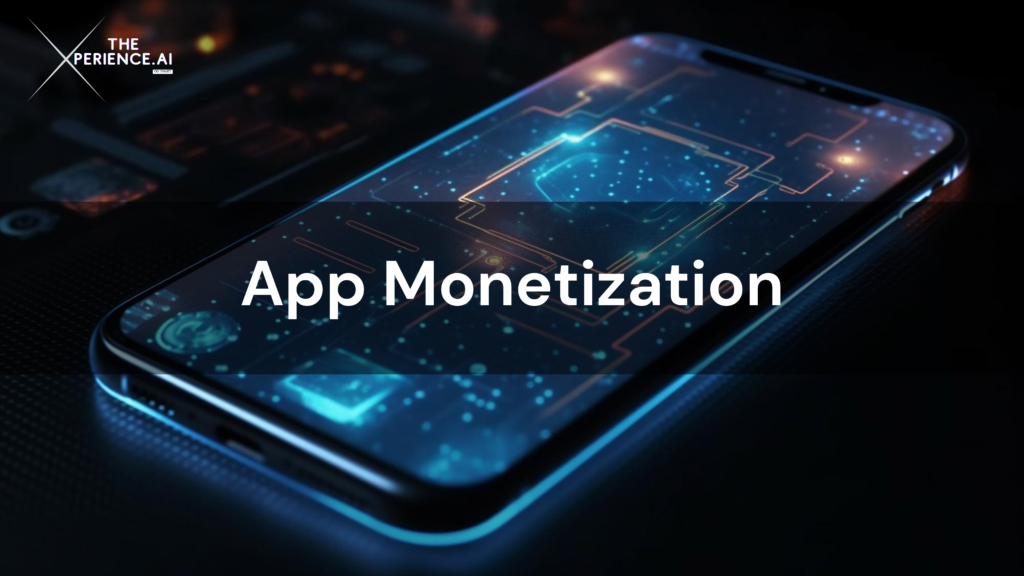
App monetization means making money from your app. This can be done in various ways, like in-app purchases, ads, subscriptions, and more. The aim is to find the best way to make money that fits your app and its users.
Why is App Monetization Important?
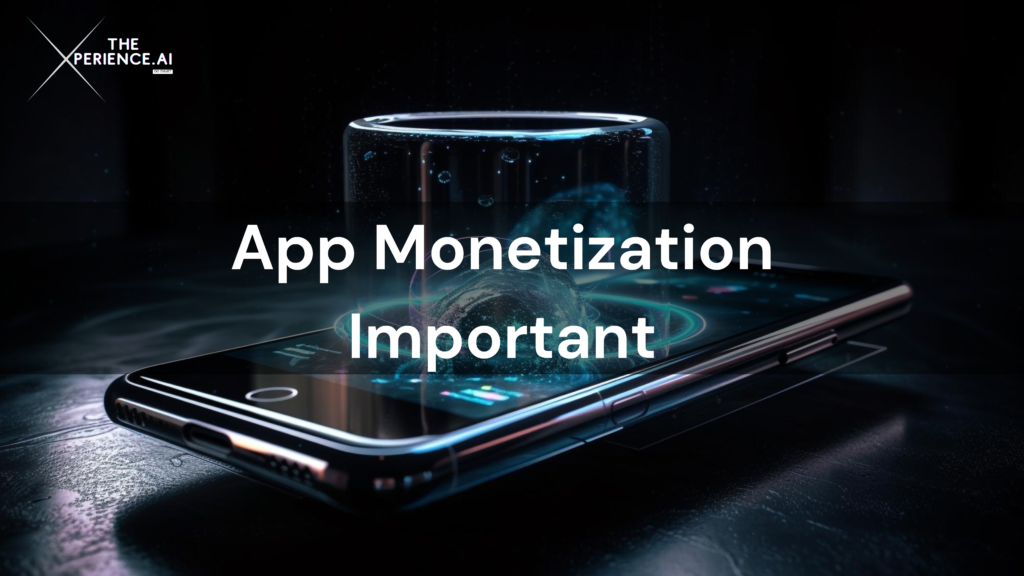
Without a good plan to make money, even popular apps can fall short. Monetization helps cover development costs and funds future updates. Effective strategies can turn your app into a sustainable business, providing steady income and supporting growth.
Popular App Monetization Strategies
1. In-App Advertising
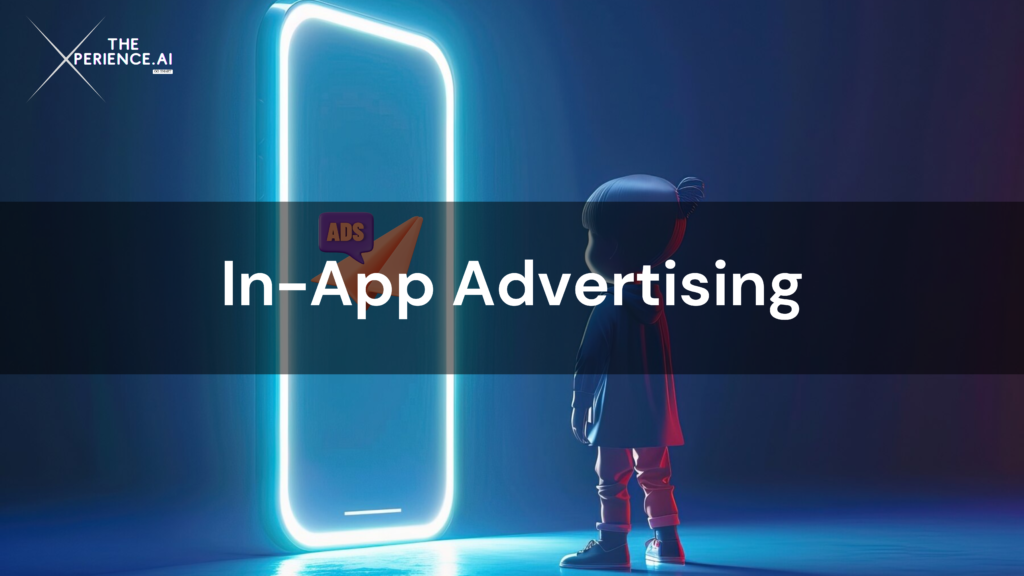
In-app advertising is one of the most common ways to make money from an app. By adding ads to your app, you can earn revenue based on views, clicks, or actions taken.
- Banner Ads: Small ads that appear at the top or bottom of the screen. These are easy to implement but can be annoying if not placed well.
- Interstitial Ads: Full-screen ads that cover the entire app interface. These usually show up at transition points, like between levels in a game.
- Video Ads: Short videos that users can watch to get rewards or keep using the app. Rewarded video ads can increase user engagement.
- Native Ads: Ads that match the look and feel of your app’s content, providing a seamless user experience. These are less disruptive and can perform better.
2. In-App purchases
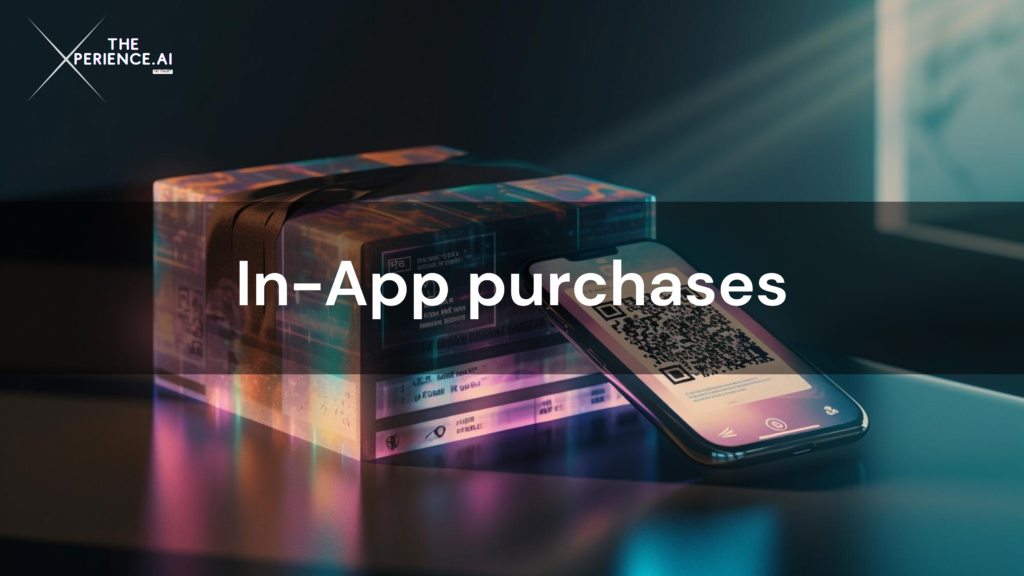
In-app purchases let users buy virtual goods or premium features within the app. This model is popular in games but works for other types of apps too.
- Consumable Purchases: Items that can be used once and bought again, like virtual currency or extra lives in a game. This encourages repeat purchases.
- Non-Consumable Purchases: Items that are bought once and do not expire, such as ad removal or a permanent upgrade. These provide lasting value to users.
- Subscriptions: Recurring payments for ongoing access to premium content or features. Subscriptions can provide a steady revenue stream.
3. Subscription Model

The subscription model charges users a recurring fee to access premium content or features. This works well for apps offering ongoing value, like streaming services, news apps, and fitness apps.
- Freemium Model: Offers basic features for free while charging for premium features. This attracts a large user base and converts free users into paying customers.
- Paid Subscription: Requires users to pay to access any content or features. This works well for high-value content or exclusive services.
4. Paid Apps

Charging users a one-time fee to download your app can be a simple way to make money. However, this model needs a strong value proposition to convince users to pay upfront.
- One-Time Purchase: Users pay a single fee to download and use the app. This generates immediate revenue but may limit user growth.
- Premium Pricing: Higher pricing can work for niche markets or apps with unique features. Justify the cost with exceptional value and features.
5. Sponsorship and Partnerships

Partnering with brands or companies to sponsor your app can be lucrative. Sponsors provide funding in exchange for brand visibility within the app.
- Sponsored Content: Integrate brand-sponsored content or features within your app. This provides a seamless user experience while generating revenue.
- Exclusive Partnerships: Collaborate with brands for exclusive in-app features or events. These partnerships can boost user engagement and attract new users.
Choosing the Right App Monetization Model
Selecting the right monetization model for your app depends on factors like your target audience, app category, and market competition.
1. Freemium Model

The freemium model offers basic app features for free while charging for premium features. This model attracts a large user base and converts free users into paying customers.
- Advantages: High user acquisition, and potential for high revenue from premium users.
- Challenges: Balancing free and premium features, encouraging free users to upgrade.
2. Paid Apps
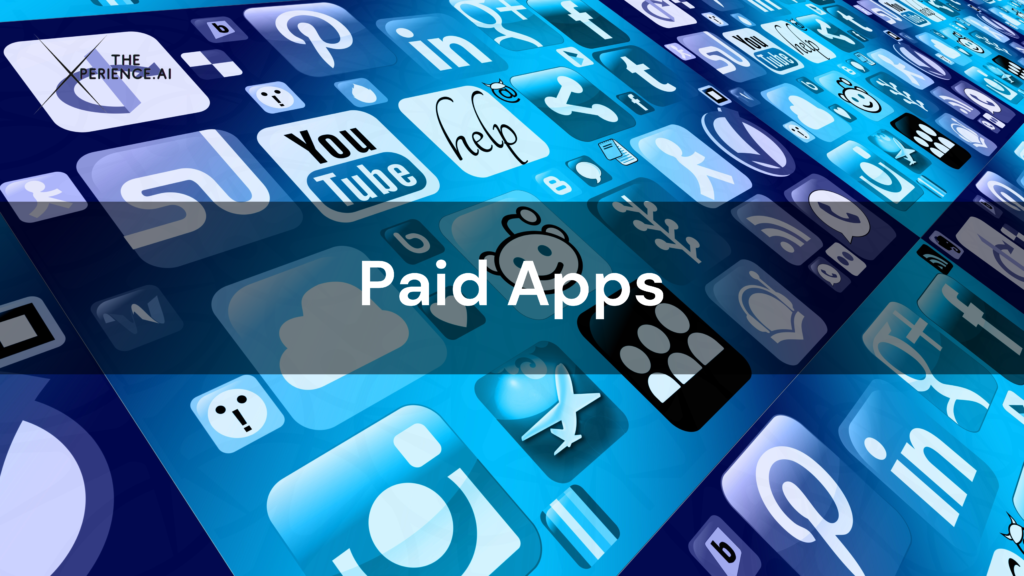
Charging users a one-time fee to download your app can be a straightforward way to make money. However, this model requires a strong value proposition to convince users to pay upfront.
- Advantages: Immediate revenue, clear value proposition.
- Challenges: Limiting user base growth, and competition from free apps.
3. Sponsorship and Partnerships

Partnering with brands or companies to sponsor your app can be lucrative. Sponsors can provide funding in exchange for brand visibility within the app.
- Advantages: Potential for significant revenue, and enhanced brand credibility.
- Challenges: Finding suitable sponsors, and maintaining user experience.
Advanced App Monetization Techniques
1. Data Monetization
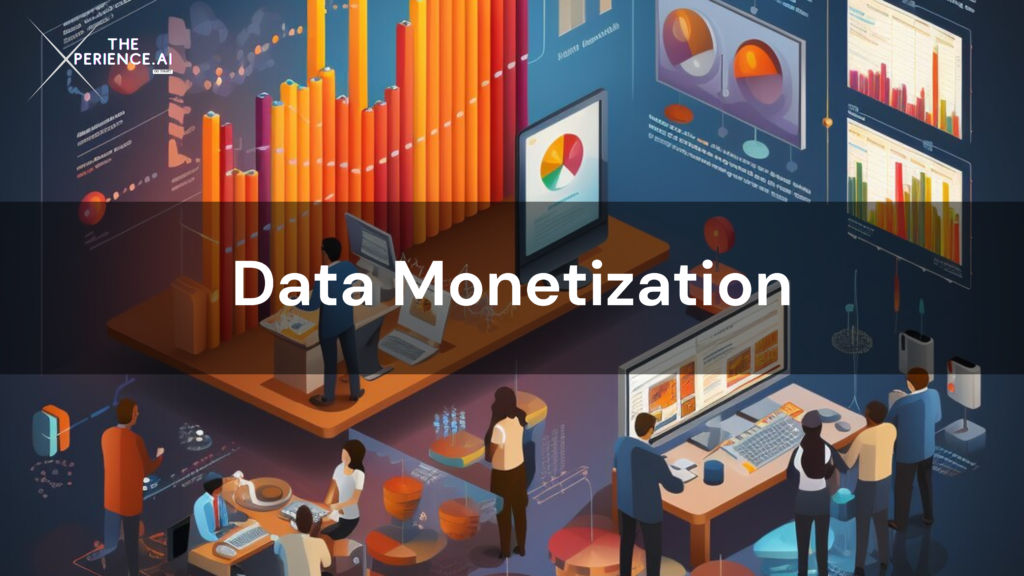
Monetizing app data involves collecting and selling user data to third parties. This can include anonymized user behavior data, demographic information, and more. It is crucial to comply with privacy regulations when implementing data monetization.
- Types of Data: User demographics, in-app behavior, purchase history.
- Compliance: Adhere to data privacy laws like GDPR and CCPA. Obtain user consent before collecting and sharing data.
2. Affiliate Marketing

Affiliate marketing involves promoting third-party products or services within your app and earning a commission for each sale or lead generated through your referral. This strategy works well for apps with a large and engaged user base.
- Implementation: Integrate affiliate links or ads within your app. Track performance to optimize placements.
- Commission Structures: Choose cost-per-click (CPC), cost-per-action (CPA), or revenue share models.
Implementing App Monetization Strategies
1. Understanding Your Audience

Before implementing any monetization strategy, it’s essential to understand your audience’s preferences and behaviors. Conduct market research and gather user feedback to identify the best approach.
- User Segmentation: Divide your audience into segments based on demographics, behavior, and preferences. Tailor monetization strategies to each segment.
- Feedback Mechanisms: Use surveys, reviews, and in-app feedback tools to gather user insights. Analyze feedback to improve your monetization approach.
2. A/B Testing

A/B testing involves comparing different versions of your app to determine which one performs better in terms of user engagement and revenue generation. Test various ad placements, in-app purchase options, and subscription models to find the most effective strategy.
- Test Variables: Experiment with different ad formats, pricing models, and feature placements. Measure the impact on user engagement and revenue.
- Analytics Tools: Use analytics tools to track performance metrics and user behavior. Optimize your monetization strategy based on data-driven insights.
Mobile App Monetization Best Practices
1. User Experience

Maintaining a positive user experience is crucial for successful app monetization. Ensure that ads and monetization features do not disrupt the user flow or detract from the app’s core functionality.
- Ad Placement: Avoid placing ads in intrusive locations. Integrate ads seamlessly into the app’s design.
- Feature Balance: Offer valuable free features while providing compelling reasons to upgrade to premium. Avoid overwhelming users with monetization prompts.
2. Compliance with Regulations

Ensure that your app complies with all relevant regulations, including data privacy laws and advertising standards. Transparency and user consent are key to maintaining trust and avoiding legal issues.
- Privacy Policies: Communicate how user data is collected, used, and shared. Obtain explicit consent for data collection.
- Ad Standards: Follow advertising guidelines and best practices to ensure that ads are appropriate and relevant to your audience.
Case Studies of Successful App Monetization
1. Gaming Apps

Gaming apps often use a mix of in-app purchases and ads to make money. Popular games like Clash of Clans and Candy Crush have successfully used these strategies to build profitable businesses.
- Clash of Clans: Uses a freemium model with in-app purchases for virtual currency and resources. Also integrates rewarded video ads.
- Candy Crush: Employs a freemium model with consumable in-app purchases. Offers limited-time events and challenges to encourage spending.
2. Streaming Services

Streaming services like Spotify and Netflix use the subscription model to offer premium content. These apps have scaled their user base by offering free trials and various subscription tiers.
- Spotify: Offers a freemium model with ad-supported free access and premium subscriptions. Provides exclusive content and features for premium users.
- Netflix: Uses a paid subscription model with different pricing tiers. Offers a vast library of content and original programming to attract subscribers.
App Monetization for Different Platforms
iOS App Monetization
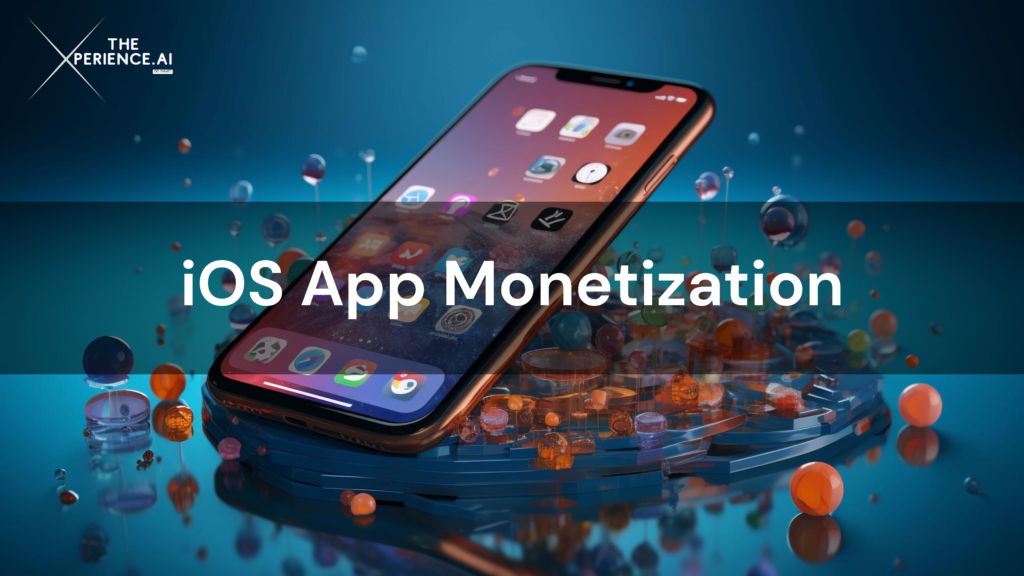
Monetizing an iOS app comes with its own set of challenges and opportunities. Apple’s App Store policies and user demographics can influence your monetization strategy.
- In-App Purchases: iOS users are generally more willing to make in-app purchases. Ensure your app offers valuable purchasable content.
- Subscriptions: Apple’s subscription management tools can help you implement and manage recurring payments effectively.
- App Store Optimization (ASO): Optimize your app’s listing to improve visibility and attract more users. High-quality visuals and compelling descriptions can boost downloads.
Android Application Monetization
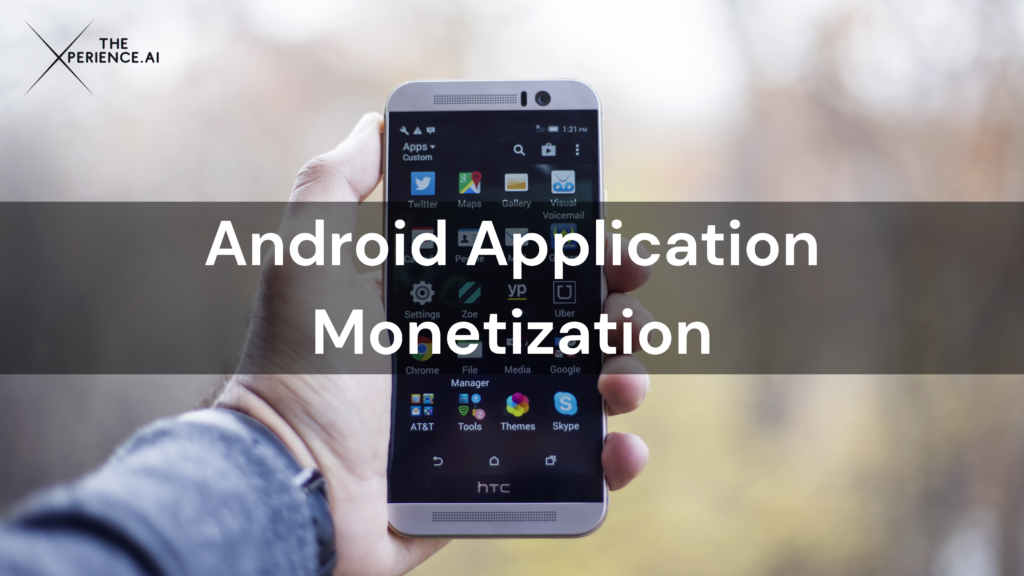
Android apps have a broader global reach and offer various monetization options. Google’s Play Store policies and diverse user base require a tailored approach.
- Freemium Model: The freemium model works well for Android apps, allowing users to try the app before committing to purchases.
- Ad Integration: Google’s AdMob platform provides robust tools for integrating ads into your Android app. Experiment with different ad formats to find the best fit.
- Global Monetization: Consider the purchasing power and preferences of users in different regions. Localize your app and monetization strategies for maximum impact.
Effective App Monetization Methods
1. User-Centric Design

Design your app with monetization in mind from the beginning. A user-centric design ensures that monetization features are seamlessly integrated and enhance the overall user experience.
- Engaging Onboarding: Introduce monetization features during the onboarding process. Help users understand the value and benefits of premium features.
- Intuitive Navigation: Ensure that users can easily navigate to monetization features. Avoid burying in-app purchases or ads in hard-to-find sections.
2. Continuous Improvement

Regularly update your app with new features, improvements, and monetization options. Keeping your app fresh and engaging encourages users to spend more time and money within the app.
- Feature Releases: Announce new features and updates to keep users engaged. Highlight premium features and encourage upgrades.
- User Feedback: Collect and analyze user feedback to identify areas for improvement. Address user concerns and enhance monetization features accordingly.
How to Monetize an App Idea
If you have an app idea but haven’t started development yet, consider monetization from the outset. Planning your monetization strategy early can guide your app’s design and development process.
1. Market Research

Conduct thorough market research to understand your target audience and competitors. Identify gaps in the market and potential revenue streams.
- Competitor Analysis: Study successful apps in your niche. Analyze their monetization strategies and identify opportunities for differentiation.
- User Surveys: Gather insights directly from potential users. Understand their needs, preferences, and willingness to pay for features.
2. Prototype and Test

Develop a prototype of your app and test it with a small group of users. Collect feedback and refine your monetization strategy based on real user interactions.
- Usability Testing: Ensure that monetization features are easy to use and understand. Identify any barriers to purchase and address them.
- Monetization Experiments: Test different monetization models and pricing strategies. Use data-driven insights to optimize your approach.
FAQ on App Monetization
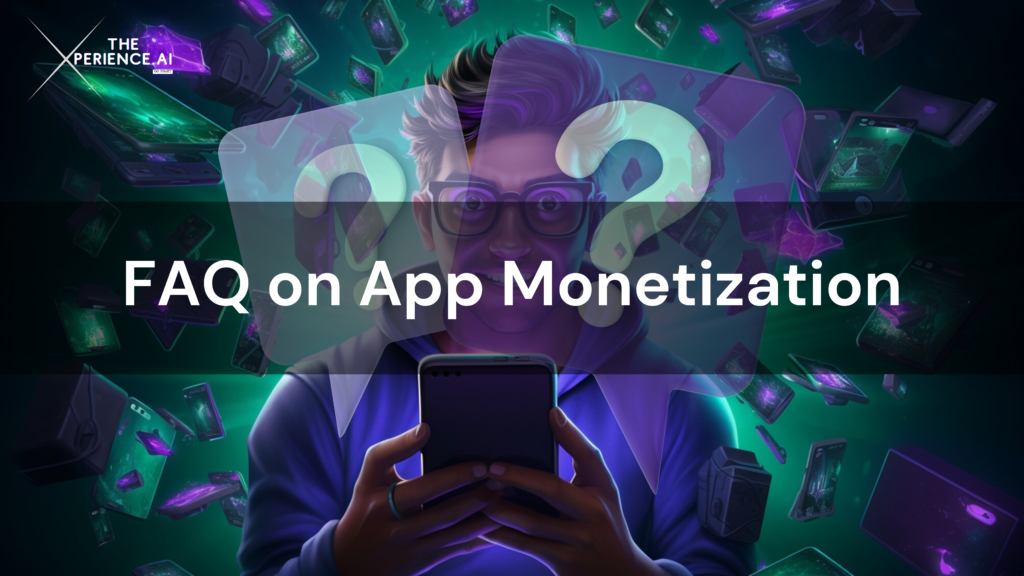
1. What are mobile app monetization models?
Mobile app monetization models are various methods used to generate revenue from a mobile app. These models include in-app advertising, in-app purchases, subscriptions, paid downloads, sponsorships, and data monetization.
2. How do you monetize an app?
Monetizing an app can be done through several strategies such as integrating ads, offering in-app purchases, charging for subscriptions, using a freemium model, partnering with brands for sponsorship, or selling user data (with consent).
3. What is the best app monetization strategy?
The best app monetization strategy depends on your app type, target audience, and market conditions. Popular strategies include freemium models, in-app advertising, and subscriptions, but it’s crucial to test and optimize based on user feedback and performance metrics.
4. How to monetize your mobile app effectively?
To monetize your mobile app effectively, understand your audience, choose the right monetization model, continuously test and optimize strategies, maintain a balance between user experience and monetization efforts, and stay compliant with regulations.
5. What is app data monetization?
App data monetization involves collecting and selling anonymized user data to third parties. This can include user behavior, demographics, and other insights that can help businesses make informed decisions. Compliance with data privacy laws is essential.
6. What are some ways to monetize an app?
Some ways to monetize an app include in-app advertising, in-app purchases, subscriptions, paid downloads, sponsorships, affiliate marketing, and data monetization. Each method can be tailored to fit different app types and user preferences.
7. How to monetize your app?
To monetize your app, you can implement strategies such as offering in-app purchases, displaying ads, charging for subscriptions, partnering with brands, or selling user data (with proper consent). Choose the strategy that best aligns with your app’s goals and user base.
8. How to monetize mobile apps?
Monetizing a mobile app can be achieved through various methods like in-app advertising, in-app purchases, subscriptions, and data monetization. It’s important to select the right mix of strategies to maximize revenue while maintaining a positive user experience.
9. How to monetize my app?
To monetize your app, consider incorporating in-app ads, offering premium features for purchase, setting up a subscription model, or partnering with sponsors. Continuously test and optimize your strategies based on user feedback and performance metrics.
10. How to monetize an app idea?
Monetizing an app idea involves planning your monetization strategy early in the development process. Conduct market research, prototype and test different monetization models, gather user feedback, and refine your approach to ensure profitability.
Conclusion
Monetizing a mobile app requires a strategic approach and a deep understanding of your audience and market. By exploring various monetization models and implementing best practices, you can maximize your app’s revenue potential while maintaining a positive user experience.
Monetization strategies should be continuously evaluated and optimized to adapt to changing market conditions and user preferences. Regularly analyze performance metrics, gather user feedback, and stay updated with industry trends to ensure long-term success.


